Just in case you have missed the news – that HMRC are stepping up their campaigns to stop tax avoidance and evasion – you may be interested to read the following quotes from HMRC and the Treasury:
“Issue
The difference between the revenues that in HM Revenue & Customs’ (HMRC) view should come in, and the total actually collected by HMRC, is known as the ‘tax gap’. Tax evasion and tax avoidance by businesses and individuals contribute to the tax gap, along with error, failure to take reasonable care, non-payment, legal interpretation, the hidden economy and criminal attacks on the tax system.
The tax gap in the 2010 to 2011 financial year was estimated to be £32 billion – 6.7% of the total tax that HMRC estimates was due – and tax evasion and avoidance together accounted for £9 billion of this.
Actions
We are working to prevent evasion and avoidance, detecting it early where it arises, and counteracting it effectively through investigation and legal challenge.
We are investing in HMRC to prevent tax avoidance and evasion. In 2010 the government allocated HMRC £917 million from efficiency savings to reinvest in generating additional compliance revenues of £7 billion a year by 2015.
Prosecuting more people who break the law
HMRC is taking swifter legal action against those who don’t come forward and sort out their taxes. We are also allocating more resources to increase the pace and number of tax evasion cases being brought before the criminal and civil courts.
We are setting up local task forces to identify and deal with tax cheats, using criminal and civil powers.
We are prosecuting more people who break the law by evading tax. We have recruited an additional 200 criminal investigators to increase the number of people prosecuted for tax evasion from 165 in 2010 to 2011, to 565 in 2012 to 2013, and to 1,165 in 2014 to 2015.
Using data and new technology
We are investing in our ability to use data and new and advanced technology to identify fraud and evasion risks. We have already brought in an extra £1.4 billion of tax revenue by investing £45 million in these activities.
We are improving HMRC’s CONNECT analytical computer system, so that the department is better able to identify areas of compliance risk. This will allow HMRC to act swiftly in identifying and investigating fraudulent behaviour.”
In summary
HMRC want businesses to pay the maximum amount of tax possible, it appears that any tax planning is now regarded as avoidance. Good advisers help their clients to Legally minimise their tax liability. If this is not the result that parliament and HMRC intend, then it is the law that is at fault. Parliament are the law makers they should change it!
The right amount of tax is the amount required by law, not what HMRC would like it to be. Tax evasion is illegal and wrong, this is very different from Tax Planning/Avoidance, the business community already pay more than their fair share.
We live in interesting times...

